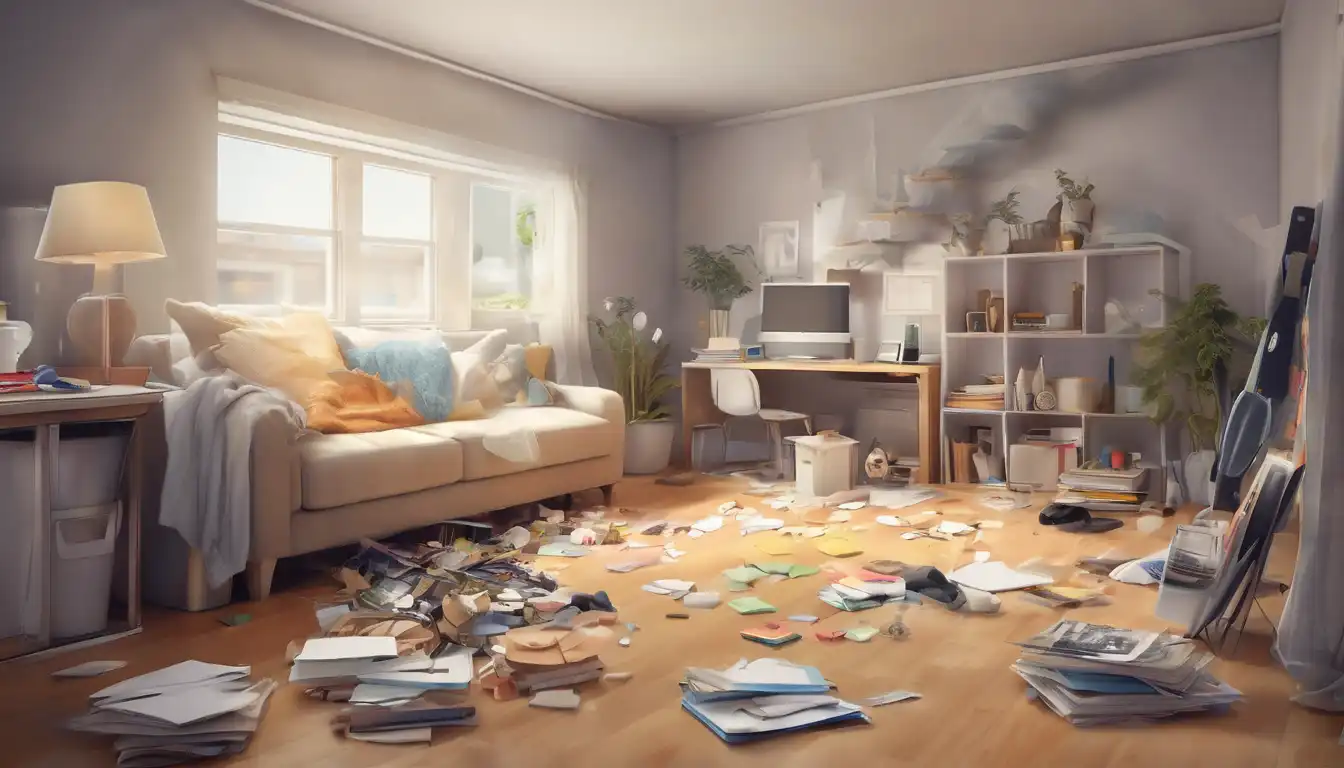Transform Your Home with These Efficient Decluttering Methods
Are you tired of living in a cluttered space that causes stress and reduces productivity? Many people struggle with household organization, but the good news is that decluttering doesn't have to be an overwhelming process. With the right approach, you can transform your home into a peaceful, organized sanctuary in just a few hours. This comprehensive guide will walk you through proven techniques to quickly eliminate clutter and maintain an organized living environment.
Prepare Your Decluttering Mindset
Before you begin the physical process of decluttering, it's crucial to prepare mentally. Set realistic expectations and understand that perfection isn't the goal – progress is. Start by visualizing how you want each room to function. Ask yourself: What activities happen in this space? What items are essential for those activities? This mental preparation will help you make quicker decisions when sorting through your belongings.
Create a decluttering playlist or listen to your favorite podcast to make the process more enjoyable. Set a timer for specific intervals (like 25-minute sessions with 5-minute breaks) to maintain focus and prevent burnout. Remember that decluttering is not just about removing items – it's about creating a home that supports your lifestyle and well-being.
The Room-by-Room Approach
Begin with the easiest room first to build momentum. Many organization experts recommend starting with bathrooms or entryways since they typically contain fewer sentimental items. As you gain confidence, move to more challenging areas like bedrooms and living spaces.
For each room, use the four-box method: keep, donate, trash, and relocate. This systematic approach ensures every item has a designated destination. Work clockwise around the room to maintain organization and avoid missing areas. Focus on visible surfaces first before tackling storage spaces like closets and drawers.
Quick Decision-Making Strategies
One of the biggest challenges in decluttering is decision fatigue. Use these quick criteria to speed up the process: If you haven't used an item in the past year, it's likely safe to donate or discard. For clothing, try the hanger trick – hang all clothes with hangers facing backward, and after six months, donate anything still facing backward.
Ask yourself these key questions about each item: Does this bring me joy? (inspired by Marie Kondo's method), Do I have a specific use for this? Is it easily replaceable if needed later? Be honest about items you're keeping for "just in case" scenarios – most never get used.
Effective Sorting Systems
Implement the OHIO rule: Only Handle It Once. When you pick up an item, make an immediate decision rather than moving it to a "maybe" pile. Create designated stations for different categories: donation bags, recycling bins, and trash containers. This prevents the common problem of creating new clutter piles during the decluttering process.
For paper clutter, use a simple system: file (important documents), recycle (junk mail), and action (bills to pay). Consider digitizing important documents to reduce physical paper accumulation. For sentimental items, limit yourself to one memory box per family member.
Smart Storage Solutions
Once you've pared down your belongings, organize what remains with intelligent storage solutions. Use vertical space with shelves and hanging organizers. Implement the "like with like" principle – store similar items together so you can easily find what you need.
Invest in clear containers for better visibility of stored items. Label everything clearly to maintain organization long-term. Create designated homes for frequently used items, ensuring they're easily accessible. Remember that the best storage solution is often having less to store.
Maintaining Your Decluttered Space
The real challenge begins after the initial decluttering. Establish daily habits like the "one-minute rule" – if a task takes less than one minute, do it immediately. Implement a "one in, one out" policy for new acquisitions to prevent clutter from accumulating again.
Schedule regular 15-minute tidy-up sessions each day to maintain order. Consider our guide on maintaining a clean home for more detailed strategies. Create systems that work with your lifestyle rather than against it – organization should make life easier, not more complicated.
Common Decluttering Mistakes to Avoid
Many well-intentioned people make these errors: buying organizational containers before decluttering (measure first, buy later), trying to do everything in one day (pace yourself), and keeping items out of guilt. Remember that someone else could benefit from items you're not using.
Avoid the "I might need this someday" trap by being realistic about future needs. Don't let perfectionism prevent progress – even imperfect organization is better than chaos. If you're struggling with sentimental items, take photos before letting them go.
When to Seek Professional Help
If you find yourself consistently overwhelmed or dealing with extreme clutter, consider consulting a professional organizer. They can provide objective perspectives and specialized systems tailored to your needs. For those dealing with hoarding tendencies, therapeutic support might be necessary alongside organizational help.
Remember that decluttering is a skill that improves with practice. Each small success builds confidence for tackling larger projects. Celebrate your progress rather than focusing on what remains undone. For more advanced techniques, explore our article on advanced organization methods.
Final Thoughts on Quick Home Decluttering
Decluttering your home quickly is achievable with the right mindset and strategies. The benefits extend beyond physical space – reduced stress, increased productivity, and more time for what truly matters. Start small, be consistent, and remember that organization is an ongoing process rather than a one-time event.
Your home should be a refuge that supports your goals and well-being. By implementing these easy steps, you'll create an environment that feels spacious, functional, and peaceful. The time investment in decluttering pays dividends in daily comfort and efficiency. Begin today – your future self will thank you for the calm, organized living space you've created.
